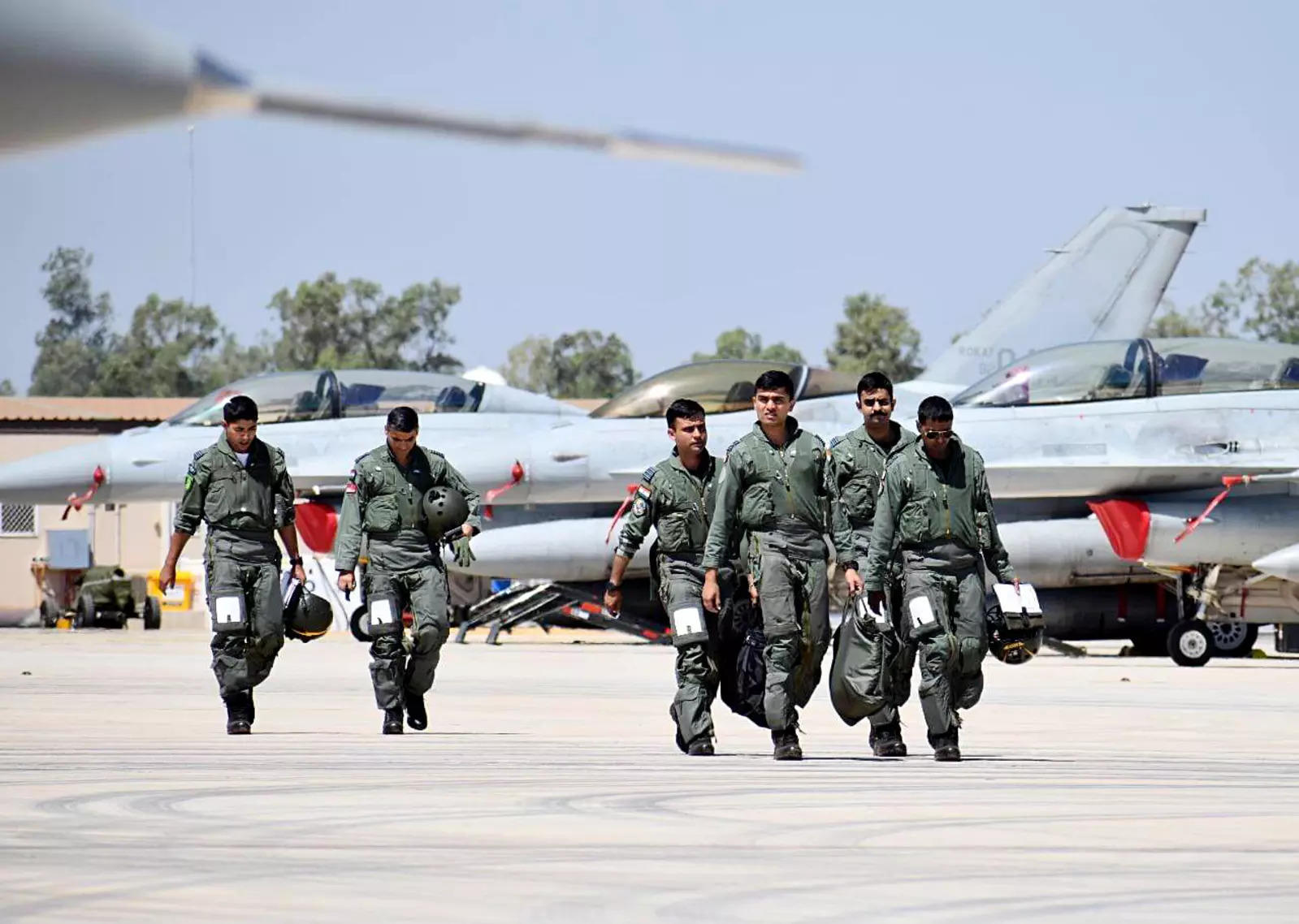Prime Minister Narendra Modi laid the foundation stone for Indian Air Force (IAF)’s new airbase at Deesa in Banaskantha district of Gujarat and described it as an effective center of India’s security. He said the Deesa air base, mere 130 kilometers from the Indo-Pak border, will be able to give a better response to any threat coming from the western side.
Bank Maha Pack includes Live Batches, Test Series, Video Lectures & eBooks
Long Pending Decision:
Although the land for Deesa airbase was allotted an in-principle approval given to Indian Air Force (IAF) by the Vajpayee government way back in 2000, the project was put on a back burner by the UPA government for the next 14 years. Although the project was revived when Narendra Modi took over as PM, it was the 2017 massive floods in Banaskantha that really kick-started the project.
When PM Modi and then Defence Minister Nirmala Sitharaman asked IAF to provide flood relief, the Air Headquarters then headed by Air Chief Marshal B S Dhanoa found it very difficult to provide a relief air bridge to the affected area due to bad weather and no nearby airfield as Deesa was still lying-in files. It was then Defence Minister Nirmala Sitharaman who got the airbase approved by the government along with the ₹1,000 crore funding.
Its Significance:
While PM Modi said the Deesa airbase will provide faster offensive capability to the IAF in this sector, the new airfield will also plug a crucial tactical gap between forward air bases at Naliya, Bhuj in Gujarat, and Phalodi in Rajasthan.
The Deesa air base will be the fire wall between enemy aircraft taking off from Mirpur Khas, Hyderabad, Shahbaz F-16 airbase in Jacobabad in Pakistan with Gujarat’s more than a trillion dollar industrial complex in and around Ahmedabad, Bhavnagar and Vadodara as target to economically hit India in the worst-case scenario. Deesa will also make Pakistani cities of Hyderabad, Karachi, and Sukkur vulnerable with its deep penetration strike aircraft.
The airbase can also be used to retaliate against Pakistan in case of a major terror strike in Gujarat or along the south-western sector apart from giving support to any land offensive in future.
More About Indian Air Force Stations:
The Indian Air Force currently operates seven Air Commands. Each command is headed by an Air Officer Commanding-in-Chief of the rank of Air Marshal.
The Air Force currently has over 60 air stations all over India. These are grouped into seven commands: Western Air Command at New Delhi, Eastern Air Command at Shillong, Central Air Command at Prayagraj, Southern Air Command at Thiruvananthapuram (Trivandrum), South Western Air Command at Gandhinagar, Training Command at Bengaluru and Maintenance Command at Nagpur. The largest airbase is in Hindon, Uttar Pradesh.
Western Air Command is the largest Air Command. It operates sixteen air stations from Jammu & Kashmir, Punjab, Haryana, Himachal Pradesh and a couple of Air stations in Uttar Pradesh. Eastern Air Command operates fifteen air stations in eastern and north-eastern India. Central Air Command operates two air stations in Uttar Pradesh, Madhya Pradesh and surrounding states of central India. Southern Air Command’s tasks include protecting the vital shipping routes. It operates nine air stations in Southern India and two in the Andaman and Nicobar Islands. South Western Air Command is the front line of defence against Pakistan. This important command operates twelve air stations in Gujarat, Maharashtra and Rajasthan.
To Know More About Recent Development Regarding Indian Air Force, Please Read This Article:
Indian Air Force: Weapon systems branch approved for first time
Find More News Related to Defence




 World Basketball Day 2025 Celebrates Bas...
World Basketball Day 2025 Celebrates Bas...
 UN Celebrates Second World Meditation Da...
UN Celebrates Second World Meditation Da...
 Winter Solstice 2025 Observed on Sunday,...
Winter Solstice 2025 Observed on Sunday,...







